



Ethernet Chip 51 Core
The Ethernet chip with a 51 core is an embedded network chip that highly integrates the traditional 51-series microcontroller core with Ethernet communication capabilities. This type of chip combines the mature and stable architecture of the 51 microcontroller with Ethernet physical layer and protocol processing functions. It is widely used in industrial control, smart home, Internet of Things (IoT), automation equipment, and other fields. This article will provide a detailed introduction to the definition, structural features, functional advantages, typical applications, and development trends of Ethernet chips with a 51 core.
1. Definition and Basic Architecture
The 51 core refers to a processor core based on the Intel 8051 microcontroller architecture, which has a long history and is widely used in various embedded systems. An Ethernet chip with a 51 core integrates Ethernet physical layer (PHY) and media access control layer (MAC) functions on this microcontroller platform, forming a microcontroller chip capable of network communication.
These chips generally include:
- 51 microcontroller core: Handles application logic and features rich interrupt management and timer functions.
- Ethernet MAC module: Responsible for data link layer frame processing, address filtering, collision detection, etc.
- Ethernet PHY module: Converts digital signals to electrical signals and vice versa, establishing the physical layer link.
- Memory: On-chip or external ROM/Flash and RAM for storing programs and network data buffers.
- Peripheral interfaces: Such as SPI, UART, I2C, facilitating connection with sensors, displays, and other devices.
2. Functions and Technical Features
- High Integration Design
- Integrates the 51 core and Ethernet interface into a single chip, saving PCB space and reducing external component count, thus lowering system cost and design complexity.
- Stable and Reliable Core Architecture
- The 51 microcontroller architecture is mature with a comprehensive ecosystem, abundant development tools, and documentation, enabling fast development and debugging.
- Standard Ethernet Support
- Supports 10/100 Mbps Ethernet standards, with features such as auto-negotiation, full/half-duplex mode switching, and flow control, ensuring stable and efficient data transmission.
- Rich Interface Expansion
- Built-in multiple communication interfaces facilitate integration with external sensors, memory, displays, and enable complex system functionality.
- Low Power Design
- Suitable for industrial control and IoT terminals requiring long-term stable operation with sensitive power consumption needs.
- Network Protocol Support
- Some 51-core Ethernet chips come pre-integrated with TCP/IP stacks or support third-party stack porting, facilitating network communication and remote control.
3. Typical Application Scenarios
- Industrial Automation
- Used in PLCs, smart sensors, remote monitoring devices to implement industrial Ethernet communication, supporting real-time data acquisition and control.
- Smart Home Devices
- Smart plugs, security cameras, smart lighting, etc., use these chips to connect to home networks for remote monitoring and control.
- IoT Nodes
- Environmental monitoring, smart agriculture, intelligent transportation, and other fields leverage 51-core chips for device networking and data uploading.
- Instruments and Meters
- Medical devices, testing instruments, etc., utilize Ethernet for data exchange and remote management.
4. Typical Products and Manufacturers
Currently, many semiconductor companies domestically and internationally offer chips based on the 51 core integrated with Ethernet functions, such as:
- WIZnet W7500
- Integrates a 51 core and hardware TCP/IP stack, supporting 10/100 Mbps Ethernet, suitable for rapid development of network devices.
- Microchip ENC28J60 combined with 51 microcontroller
- While the ENC28J60 itself lacks a core, it is often paired with a 51 microcontroller to implement Ethernet functions.
- Domestic Chinese Chip Vendors
- Some Chinese semiconductor companies develop their own 51-core Ethernet chips, offering competitive pricing and localized support.
5. Development Trends
With the rapid growth of IoT and Industry 4.0, 51-core Ethernet chips are continually upgrading and innovating:
- Higher Integration and Performance
- Future chips will support faster Ethernet speeds (such as Gigabit), integrate more security modules, and add intelligent features.
- Intelligent Network Functions
- Integration of AI processing and edge computing capabilities will enable smarter network data processing and decision-making.
- Open Ecosystems and Hardware-Software Collaboration
- Support for more protocol stack porting and development environments will allow developers to quickly build diverse applications.
- Low Power and High Reliability
- Designed to operate on battery power and withstand harsh industrial environments, improving chip stability and lifespan.
6. Conclusion
The Ethernet chip with a 51 core deeply integrates the classic 51 microcontroller with Ethernet communication functions, providing a stable, efficient, and cost-effective solution for embedded network applications. Its mature architecture, rich interfaces, and network support make it widely applicable in industrial control, smart homes, and IoT fields. As technology advances and application demands increase, the 51-core Ethernet chip will continue to innovate, enabling various smart devices to achieve efficient interconnection and intelligent control.

Please contact us if the source is mislabeled or violates your legal rights.
We will promptly correct and delete, thank you.

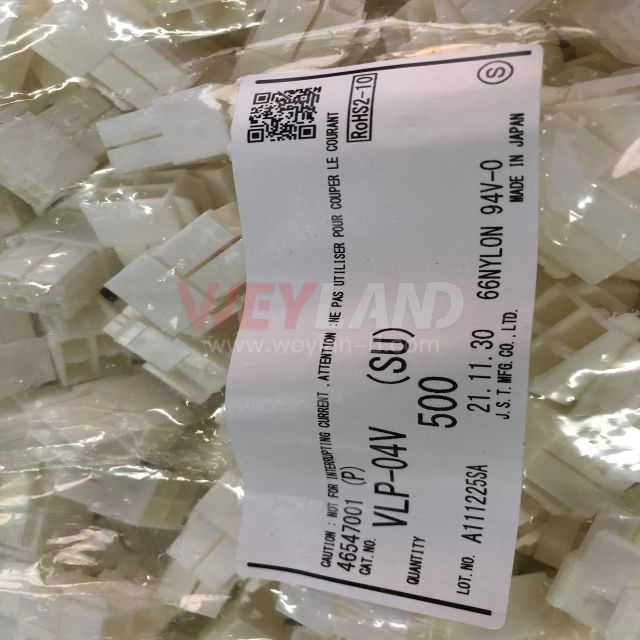
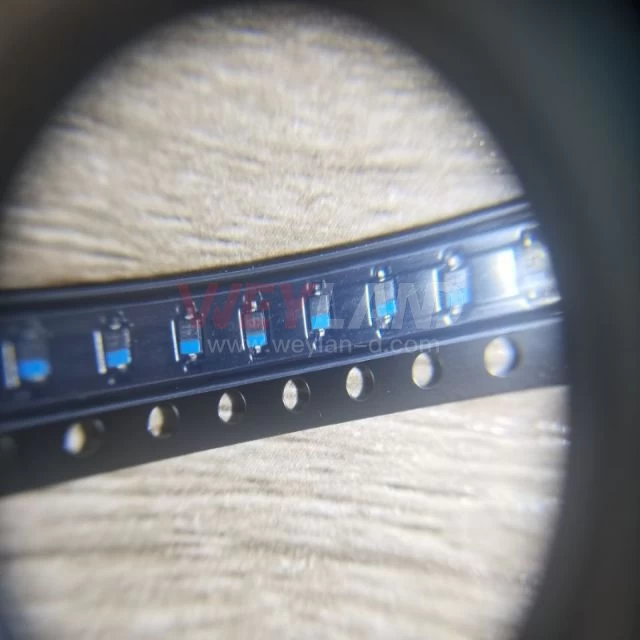
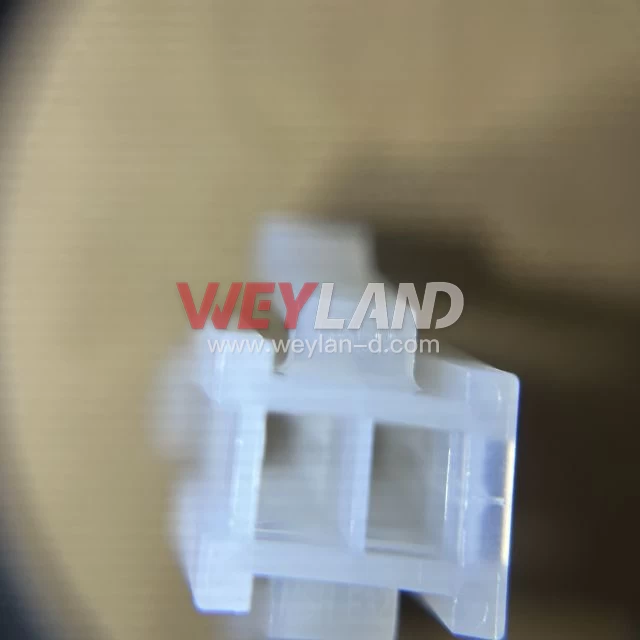
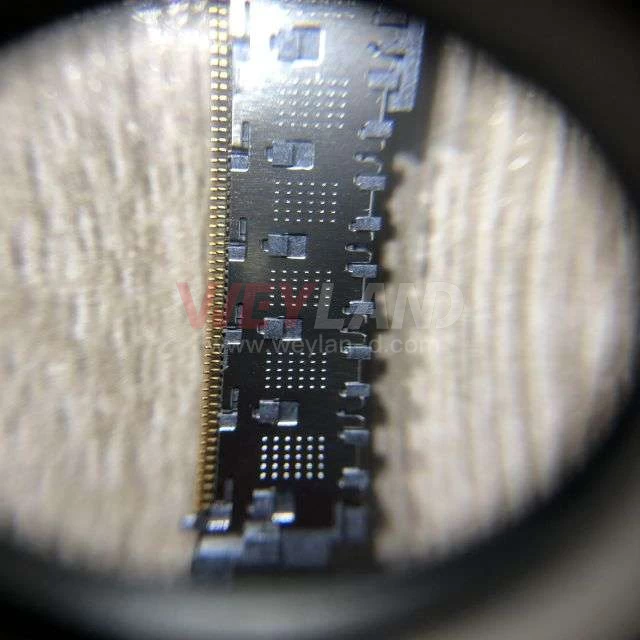

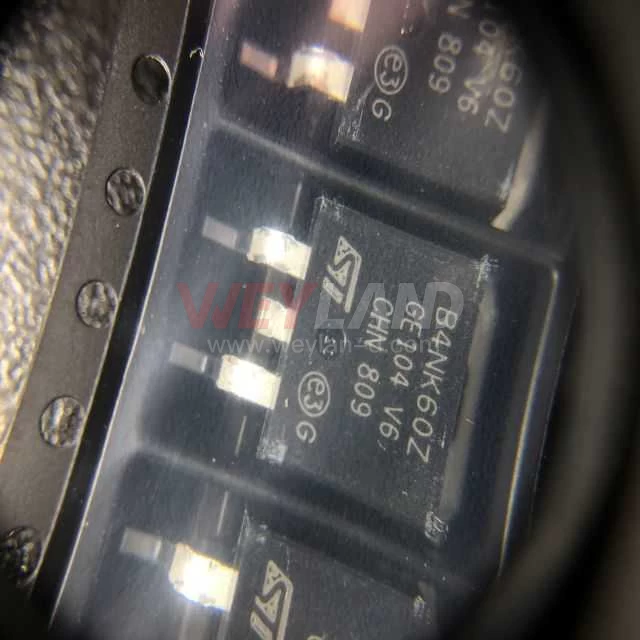

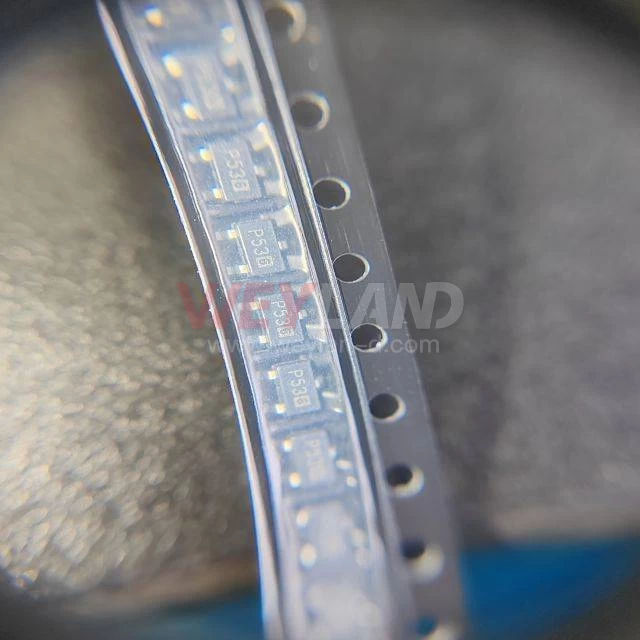
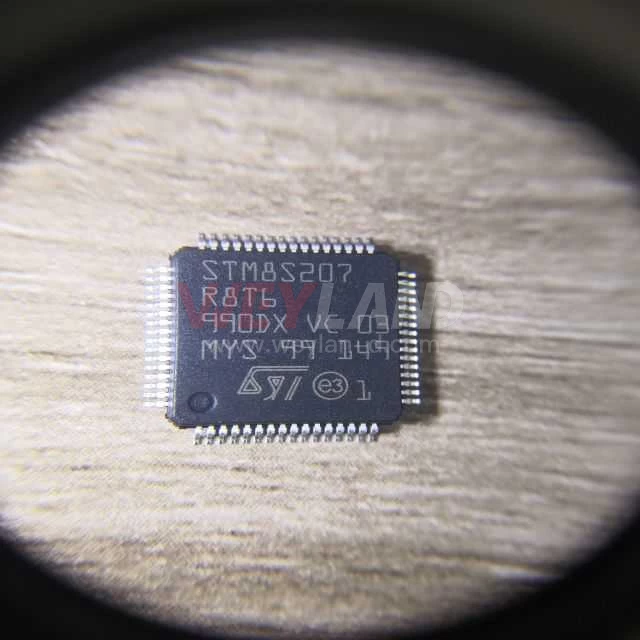
.9246509.png)












[email protected]
7500A BEACH ROAD #04-307 THE PLAZA SINGAPORE (199591)
RM 705.7/F.FA YUEN COMM BLDGNO.75-77.FA YUEN STREET.MONGKOK.KLN.HONG KONG
